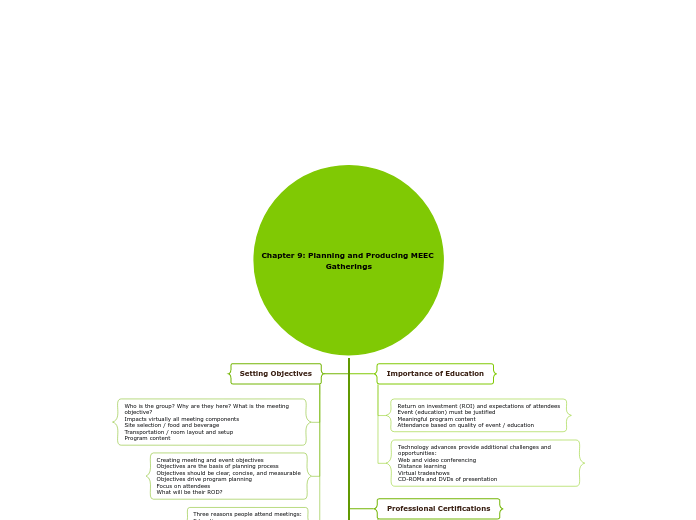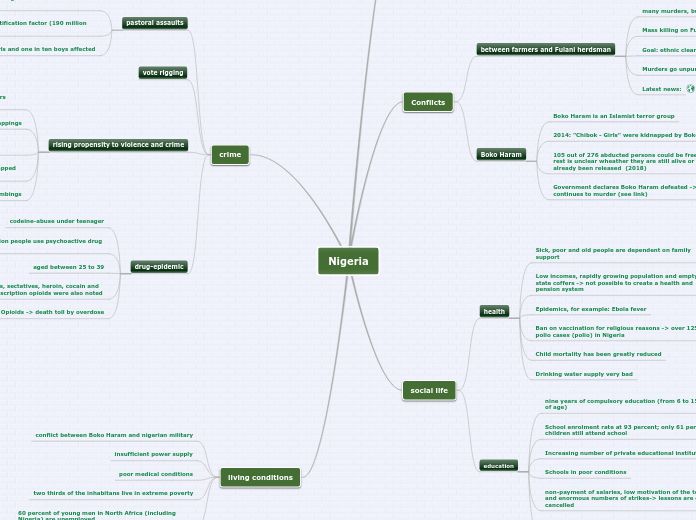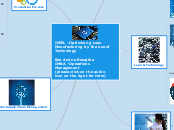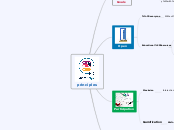par مزلن بن رضوان Il y a 3 années
241
Chapter 9: Planning and Producing MEEC Gatherings
Effective planning and execution are crucial for successful Meetings, Expositions, Events, and Conventions (MEEC). Key elements include designing and implementing surveys that are simple, easy to understand, and anonymous, with clear instructions and well-marked collection points.









